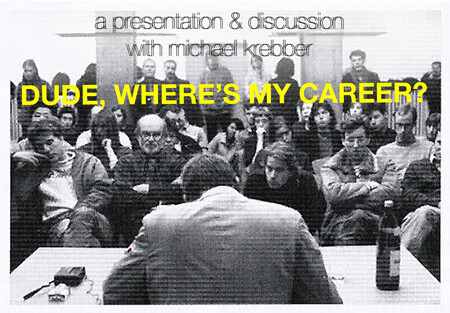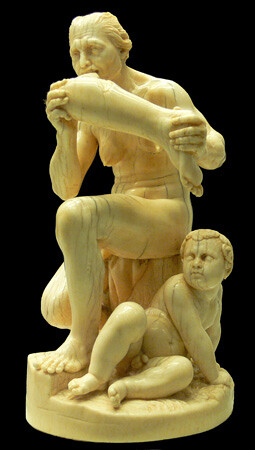When the 2008 Berlin Biennale was being discussed, a mood of friendly disappointment prevailed among critics, which had less to do with individual works and the eternal problems of the Biennale than it did with a perceived absence of struggle and aggression throughout the Biennale in general. Critics found the young artists’ positions too well behaved. In the Tageszeitung, Brigitte Werneburg wrote:
You draw your own conclusions as you leave the exhibition, in this case that…
Issue #25
May 2011
With:
Julieta Aranda, Brian Kuan Wood, Anton Vidokle, Diedrich Diederichsen, Hans Ulrich Obrist, Suely Rolnik, and Martha Rosler
Surprisingly few people have flinched at the way Osama bin Laden was disposed of. Even for the most wanted man in the world, one imagines that it would have been both ethically and politically more expedient to stage a trial before his execution, similar to the way it was done in the case of Saddam Hussein. But such an expectation would risk overlooking the degree to which, for states and individuals alike, much political activity now takes place outside of official channels and beyond the…
View List
View Grid
5 Essays
May 2011
When I first met Julian Assange—thanks to lawyer and Chair of the Contemporary Art Society Mark Stephens and curator/lawyer Daniel McClean, both of the law firm Finers Stephens Innocent—we discussed ideas for various interview formats. Anton Vidokle and I had discussed the idea to conduct an interview with Assange in which questions would be posed not only by me, but also by a number of artists. This seemed only natural considering the extent to which so many artists have been interested in…
Hybrid cultural cartographies of all kinds are being sketched out alongside new and complex existential territories that are made and unmade in an irreversibly globalized world. 1 To present within these dynamics a choice between refusing or celebrating cultural universes marked by cultural hybridization, flexibility, and fluidity would be to put forward a false problem, for these dynamics constitute our present reality, created through the struggle between various politics. The real…
→ Continued from “Culture Class: Art, Creativity, Urbanism, Part II: Creativity and Its Discontents” in issue 23 and “Culture Class: Art, Creativity, Urbanism, Part I: Art and Urbanism” in issue 21.
PART THREE: IN THE SERVICE OF EXPERIENCE(S)
1. Jungle into Garden
In the not-so-distant New York past, tenement roofs, and even those of lower-middle-class apartment buildings—ones without doormen, say—were where women went with their washing and their…




